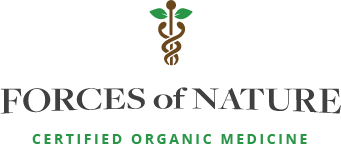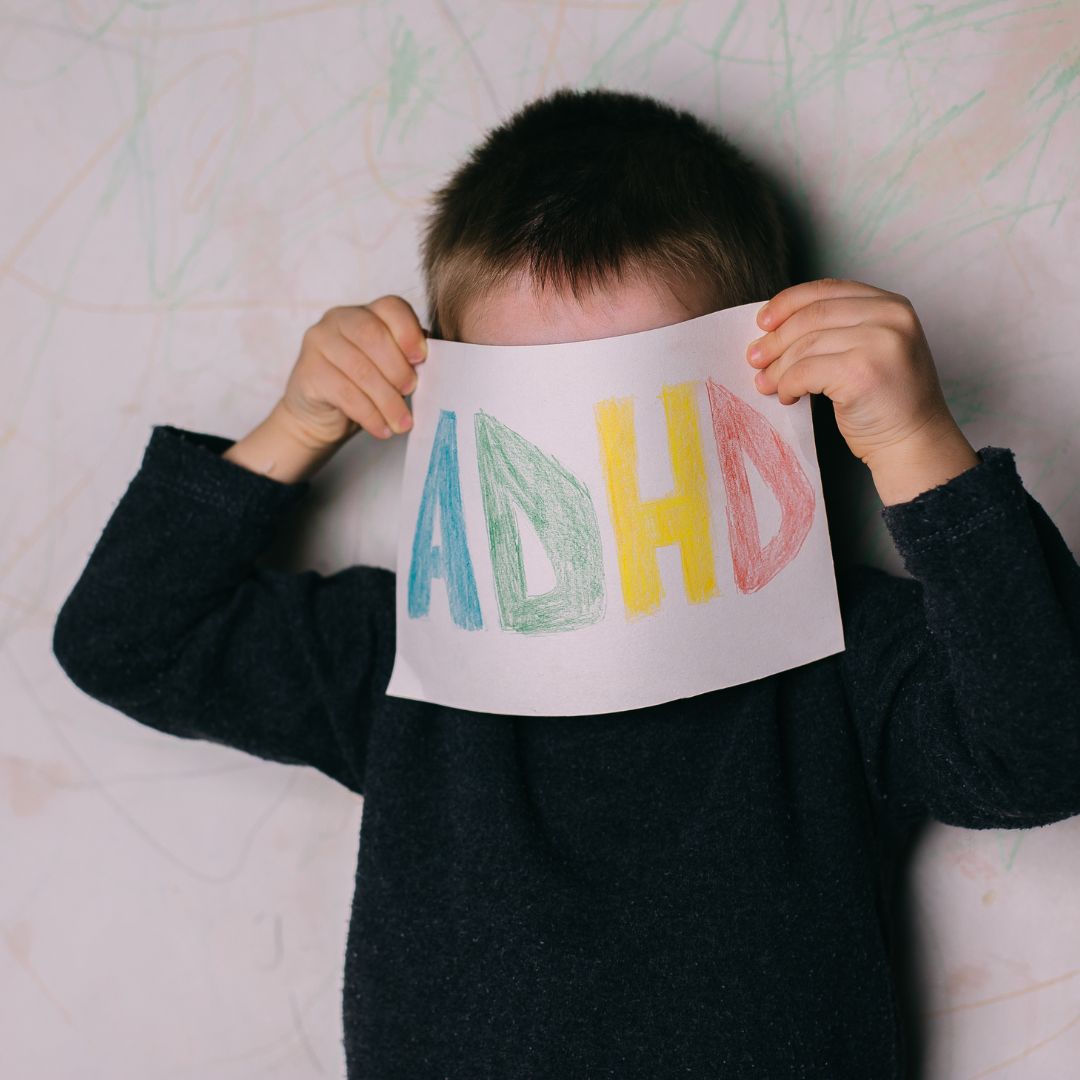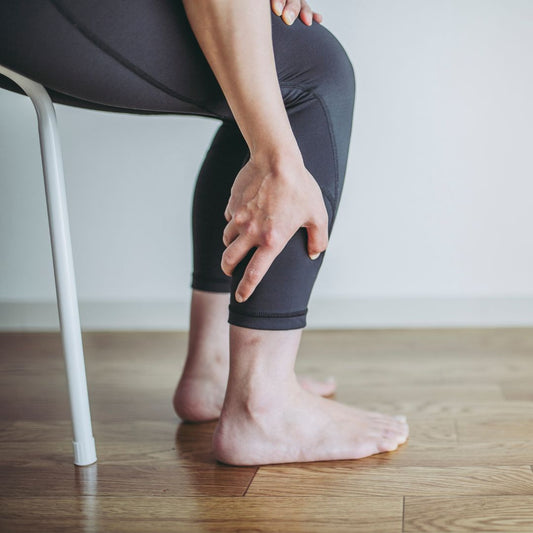At some point in your life, you may have struggled to pay attention in class or a meeting. Maybe even done something that seems impulsive like running across the street without looking. However, while this may be a rare occurrence for you, it’s something that about 6.1 million children in the United States with Attention Deficit Hyperactivity Disorder (ADHD) deal with daily. This disorder can interfere with all facets of life including social environments to school and work, which is why it’s important that we bring attention to ADHD during October, ADHD Awareness Month.
What is ADHD?
ADHD is a neurodevelopmental disorder that impacts the part of the brain that helps us focus, plan, and execute tasks. It tends to affect school-aged children and those who suffer with ADHD are known to experience developmentally inappropriate levels of inattention, impulsivity, and hyperactivity. That can look like struggling with time management, keeping things organized, missing important details, exaggerated emotions, struggling to control impulses and in general being hyperactive.
Because ADHD has a lot of impact on the focus part of the brain, The American Psychiatric Association has identified three types that have different treatment approaches based on symptoms.
ADHD Types
In order for a child to be diagnosed with ADHD, they should have six or more symptoms of the disorder present. We’ve laid out the symptoms for each type below.
Inattentive Type
- Struggles to pay attention to detail
- Makes careless mistakes
- Doesn’t listen to someone speaking
- Is easily distracted
- Loses things and is forgetful
- Forgetful in daily activities
- Avoids tasks that involve making an effort
- Struggles to stay organized
- Can’t follow through with instructions
Hyperactive/Impulsive Type
- Talks too much or excessively
- Talks out of turn (blurting out)
- Interrupts others
- Struggles with waiting or taking turns
- Running or climbing at inappropriate times
- Acts as if they’re driven by a motor (always on the go)
- Fidgets and squirms
- Can’t sit still and needs to get up once seated
Combined Type
As stated above, this individual would have symptoms and meet the criteria from both inattentive and hyperactive/impulsive types.
Treatment Plan
Once an ADHD type has been identified, it’s important to understand that ADHD currently doesn’t have a cure but a workable comprehensive approach that includes, medication, skills training, counseling, behavior therapy, educational support and most importantly – parent training.
Parent training can encompass helping your child with creating a routine that they follow from wake to bedtime each day, an organized and planned schedule, managing distractions such as TV and background noise, limiting choices in order to help them feel less overwhelmed, reward charts to track positive behaviors and in general providing a healthy lifestyle including physical activity, nutritious foods and sufficient sleep.
While it’s known to affect children, symptoms of ADHD can be carried into adulthood in more than three-quarters of cases. Treatment for adults tends to involve medication in the form of stimulants and psychological counseling.
If you’re looking for a more natural approach to help you focus and have your ADHD under control, consider trying our natural brain performance enhancer, Focus More. It helps improve brain power and cognitive ability especially if you struggle from lack of attention, focus, or brain fog.




